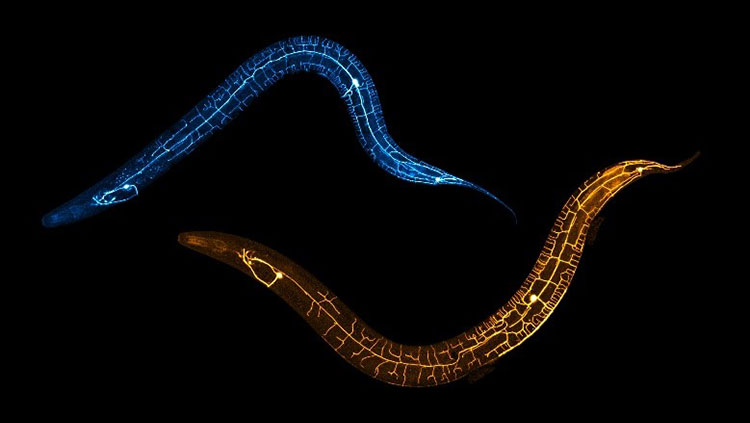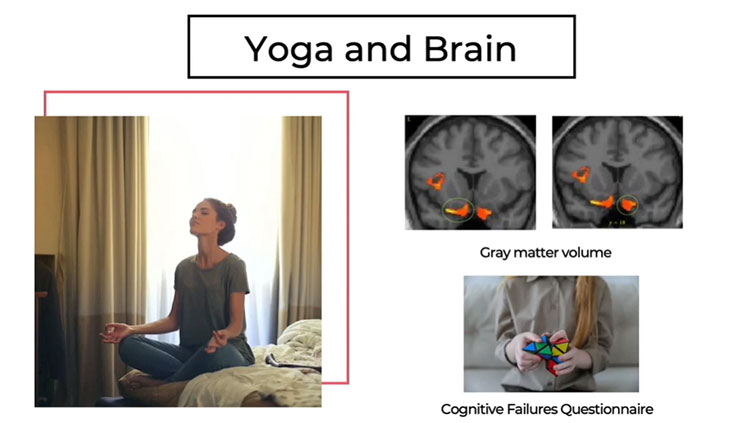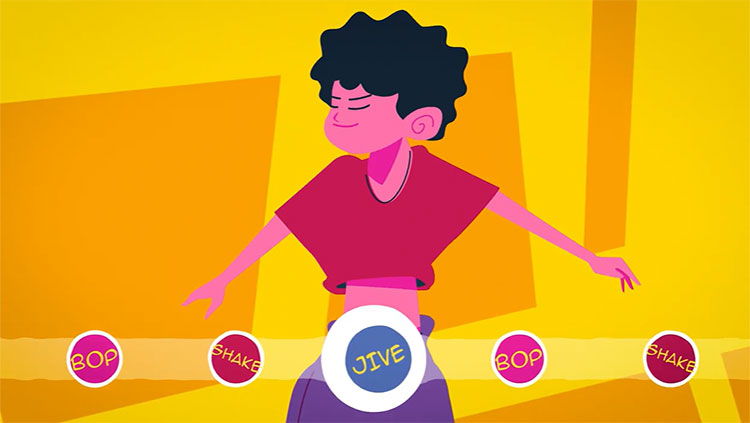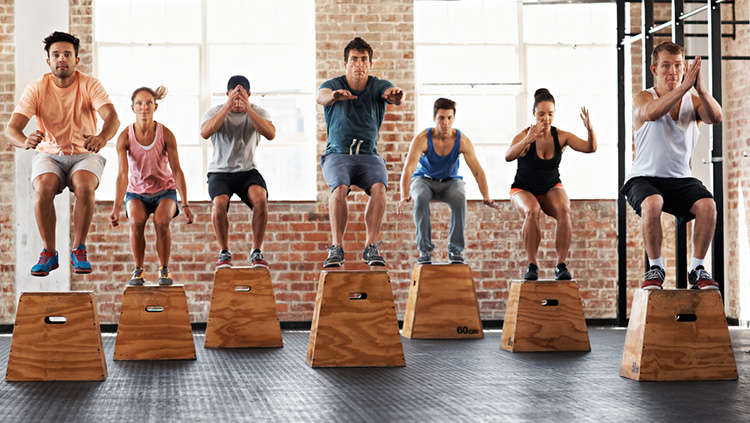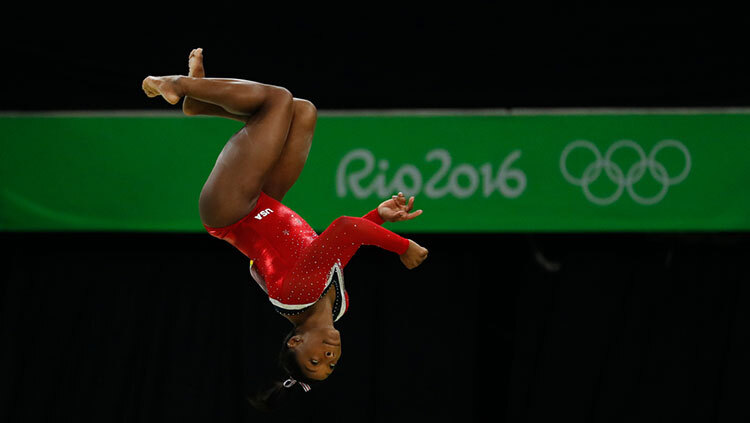The first time you try a new activity — say, a dance move or a skateboard trick — it might feel awkward, and you probably won’t get it right. But if you practice, it gets easier. Why is that? Scientists have found that a fatty substance called myelin plays a key role. Myelin coats the long part of neurons called the axon, which transmits signals to other cells. Repeating a motion over and over increases the myelin coating on axons along a particular circuit, which makes it easier for the neurons to transmit signals — and for you to land your trick.
This is a video from the 2022 Brain Awareness Video Contest.
Created by Ines Pinto De Almeida.
CONTENT PROVIDED BY
BrainFacts/SfN
Transcript
Hello everyone, my name is Dr. Jones. I am a neuroscientist, and today we will be talking about motor skills. People do amazing things with their bodies: walk, jump, do sports. Myself? I like skateboarding.
Let’s take a look.
Skateboarding is a skill that requires small body adjustments and a lot of persistency: bend your knees, move your weight back, move your right foot forward — now pop, slide, kick, lift the back foot, hold on, bend your knees, that’s it! We don’t even think about it, but our brain and body are constantly communicating allowing you to move the way you want to. How does this happen?
There are two key questions we need to answer: First, “How does the brain translate intention into movement?” And second, “How does repetition help retain motor skills?”
Let’s start from the beginning.
How does the brain translate intention into movement? The area of the brain responsible for voluntary movement is the primary motor cortex (or M1). The M1 is located in the frontal lobe, right there, and if we cut the brain on a coronal slice, like this, we can see that the M1 is arranged such that different parts of the region control different parts of the body, organizing itself into a motor map, or homunculus. So, when you have a thought about moving a specific body part, like the hand, the brain is sending signals from this part of the motor cortex through neurons: These cells that look like long strings and communicate with each other through axons — this part here.
The information is sent down the spinal cord to a lower section, called the neuromuscular junction, that connects to another neuron, and then the muscle fibre of the hand. This long tract is called the corticospinal tract. It takes about a quarter of a second for the information to go from a thought, through the corticospinal tract, to moving your body the way you want it to.
Now, you might have noticed that, for more complex movements, you cannot just think about doing something and do it at the first try. I knew the technique on how to kickflip, but it took me months of repetition to actually do it right, and even more time to be able to do it consistently.
So how does repetition help retain motor skills? Dr. William Richardson and his team from University College London found evidence of the essential role of myelin in learning and retaining new motor skills. Our brain has two types of neural tissue ‘grey matter’ and ‘white matter.’ The axons that exist in the white matter, are wrapped with a fatty substance called myelin. This myelin cover, or sheath, seems to be produced in more quantity when we learn a new skill. Myelin is similar to insulation on electrical cables, it prevents energy loss from the neural signals and increases the speed in which they move along neural pathways.
Dr. Richardson’s experiment with mice suggests that repetition of motion, or in other words, the same axons firing over and over again, leads to increased myelination of those circuits, which increases the strength of the neurons and makes it easier for them to fire in the same pattern in the future. So, while many athletes and performers attribute their success to muscle memory, muscles themselves don’t have memory; instead, it might be the increased myelination of neurons that allows them to constantly learn and retain new skills.
Now you know how to go from amateur to kickflip master, it is all about intention and repetition. Thank you. This is Dr Jones, see you next time.
Also In Movement
Trending
Popular articles on BrainFacts.org


